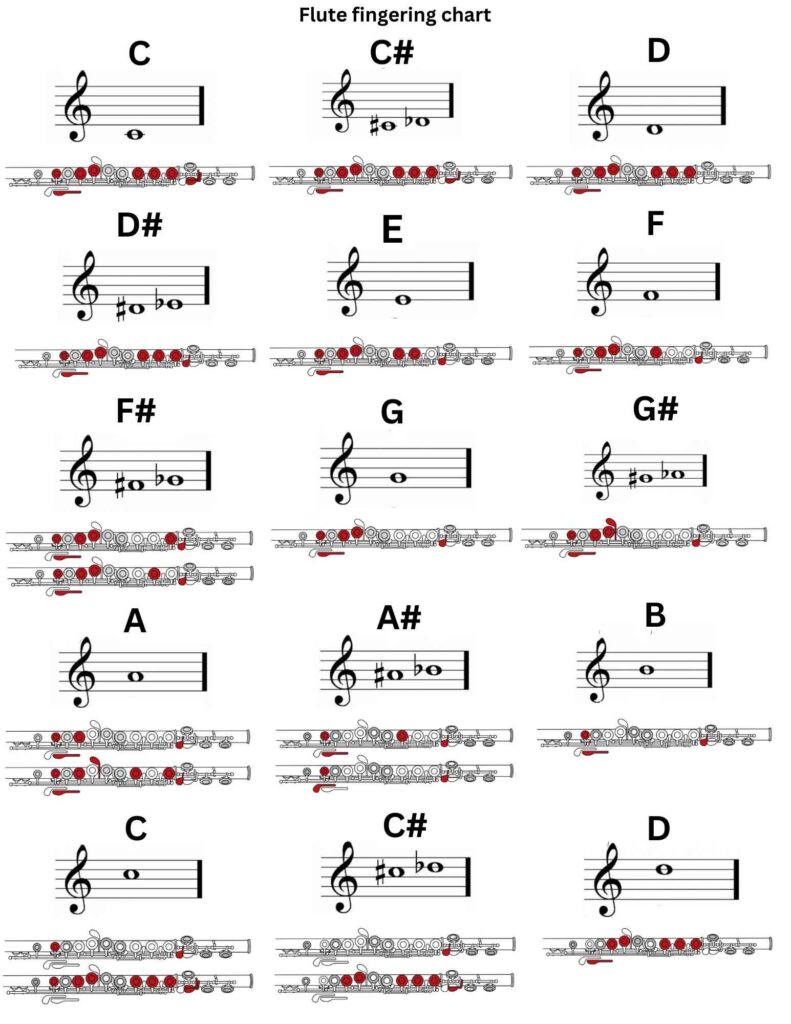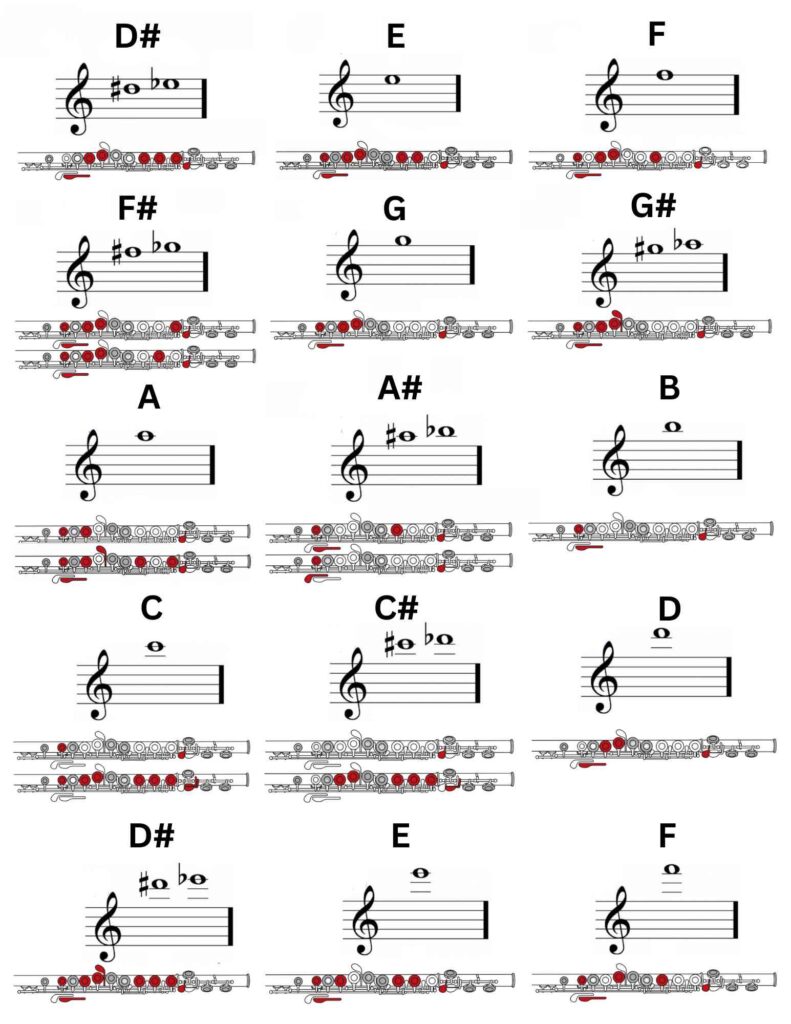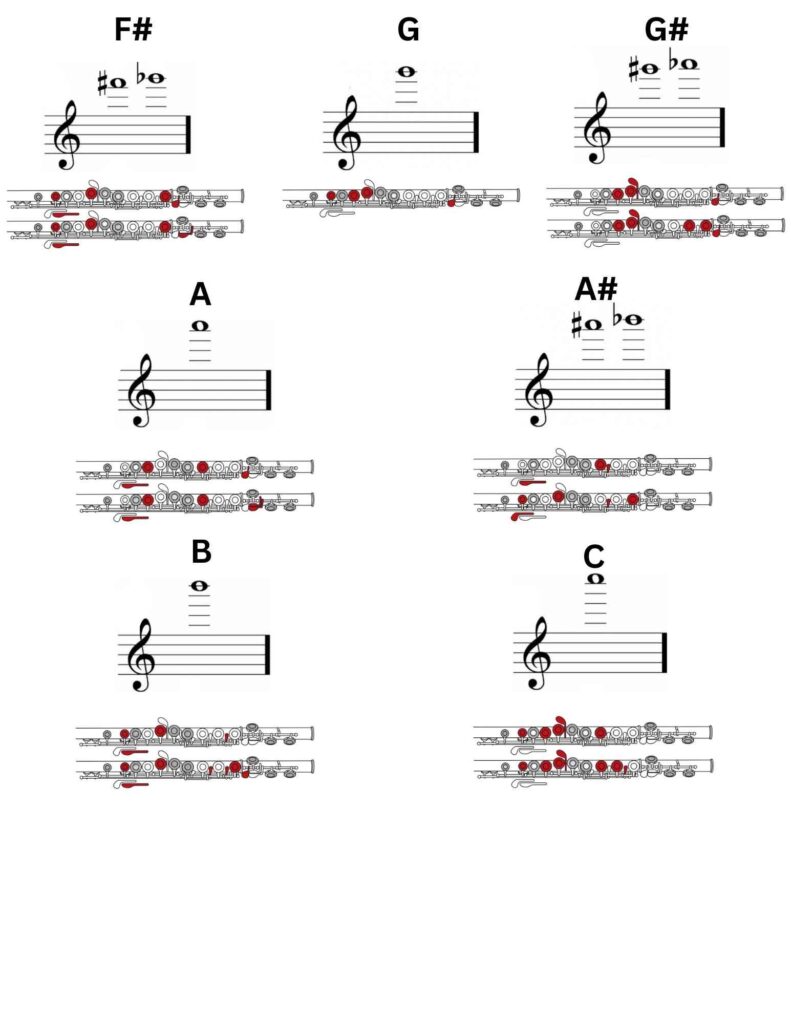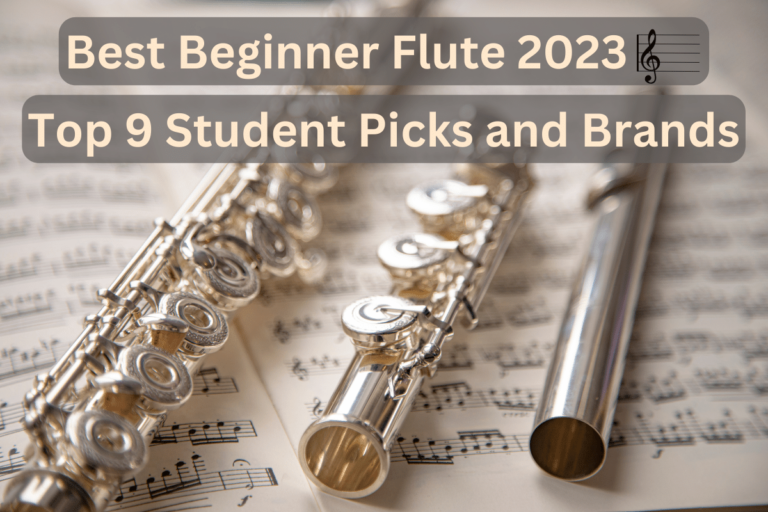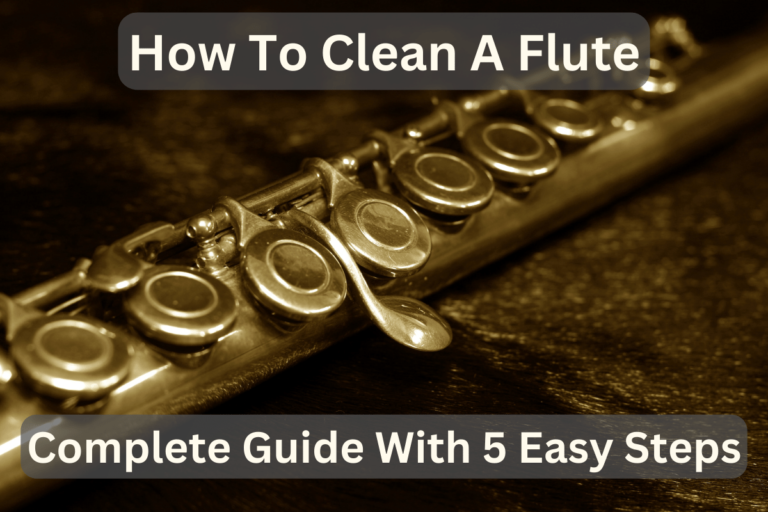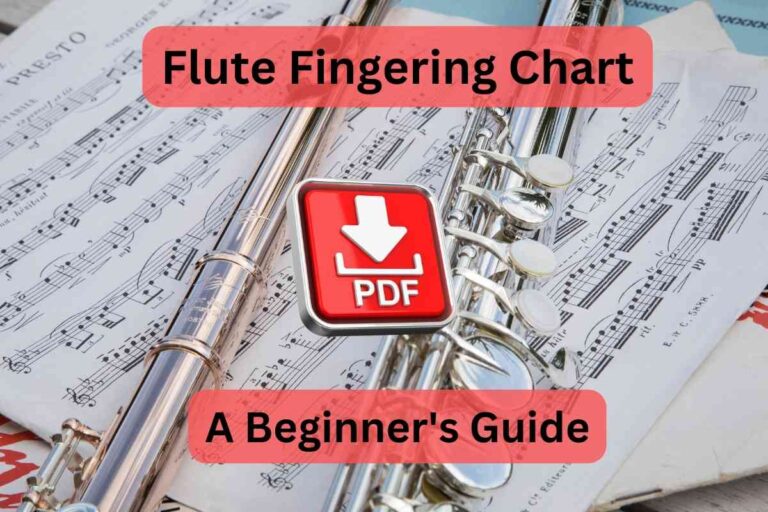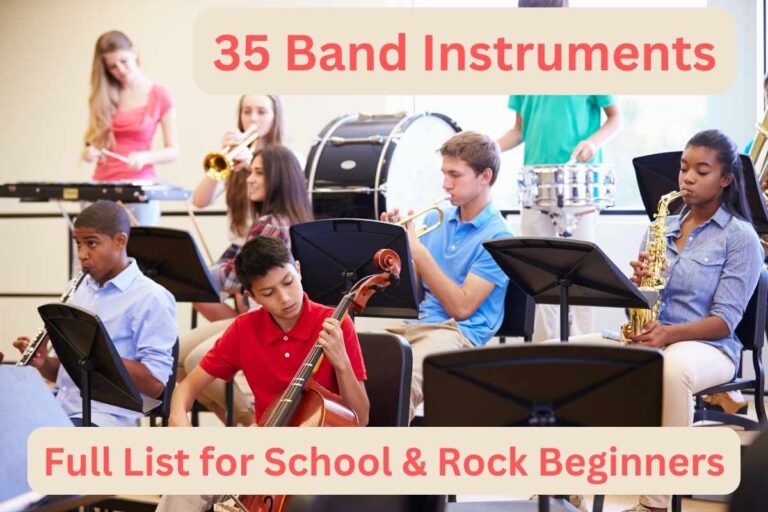Recorder Vs Flute — 7 Key Differences — Learn If Flute Or Recorder Is a Right Pick For You!
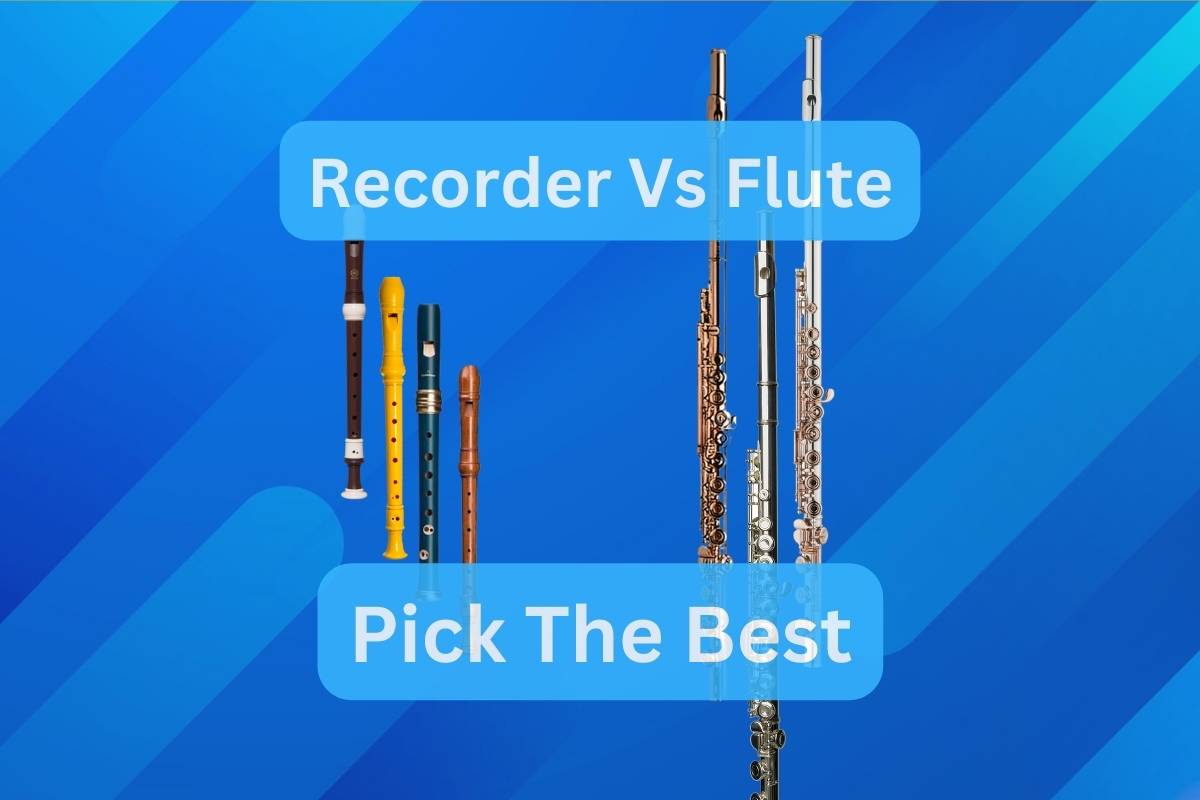
Learn about the key differences between recorder vs flute! Choose the right for your instrument in the woodwind family
While they may appear similar, there are significant differences!
In this blog post, we’ll explore seven “key differences” between the flute and the recorder to help you choose the right instrument for your musical journey.
Flute Vs Recorder: Which One Is The Best?
Instruments aren’t better or worth more — they are different!
Each instrument brings something unique to the table (quirks and tradeoffs). For me, it isn’t about picking an instrument — it’s about choosing which resonates with your taste and style (and your soul!).
Personally, I love the sound of “Renaissance recorder music” — it makes me move, and gives a desire to learn it myself.
Do you feel the same way when you listen to a recorder — or a flute? If yes — go for it!
Every instrument has its own difficulties, but you should overcome them and make them a part of your journey. Learn to play within its limits, and always experiment!
Again, the idea of a “the best instrument” is subjective.
If you seek respect (and a learning curve) — go for the flute. Recorders typically don’t get respect because teachers use them in elementary schools.
If ease of learning is your priority (and respect isn’t crucial) — the recorder is perfect.
For a real challenge and respect of many, the oboe is hugely different from the flute ( the recorder, of course!)
In general, beginners more easily pick up the recorder.
Conversely, the flute is tricky at first — while developing an embouchure for stable sounds — but it is richer in dynamic range and sound colors. And it is more useful for playing with other modern instruments.
Choose what is exciting and inspiring to you! Ultimately, if both instruments intrigue you — why not learn both?
Switch From Recorder To Flute? Or Go Straight For A Flute?
Picture this: the sweet, melodious sound of a flute fills the air…
…and it’s you playing!
If you are older than 10 years, you do not need to start with a recorder — you can jump right into playing the standard concert flute.
For children ages 7-10, use the curved headjoint as it is easier to hold and more comfortable.
Young children usually start with the recorder because it doesn’t require support for the airstream and the embouchure. Recorders are easier to play — a five-year-old can manage them!!
If you later decide to master the recorder (for Baroque or orchestra music), learning the flute first gives you a head start — the base skills you’ll gain make picking up the recorder a breeze.
Don’t be afraid to start with the flute, regardless of age — it’s never too late to be young
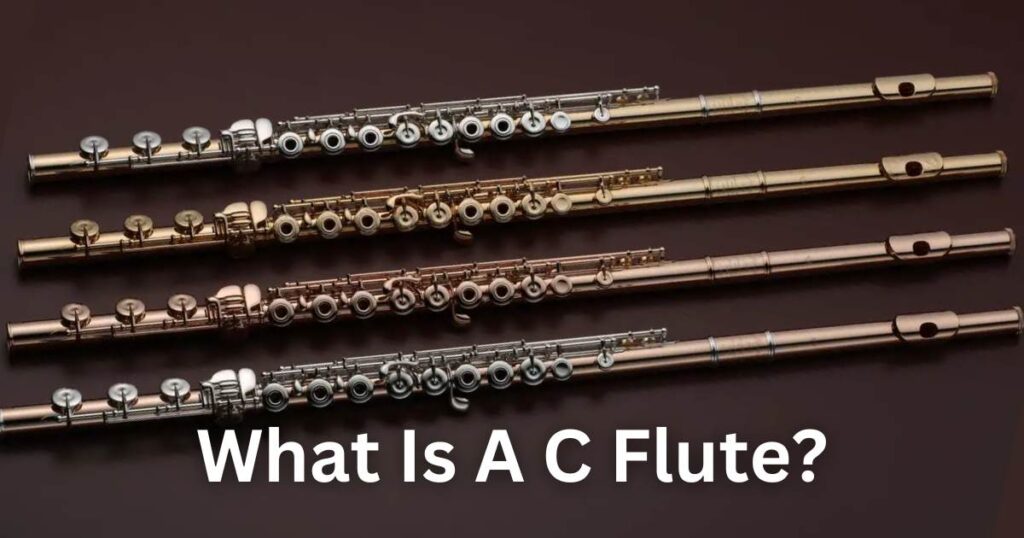
What Is Western Concert Flute
The concert flute is a member of the woodwind family and has a C pitch like the rest of its soprano and tenor siblings.
Unlike its wind instrument relatives, the oboe and clarinet, which both use reeds, the flute stands out with its construction and playing style
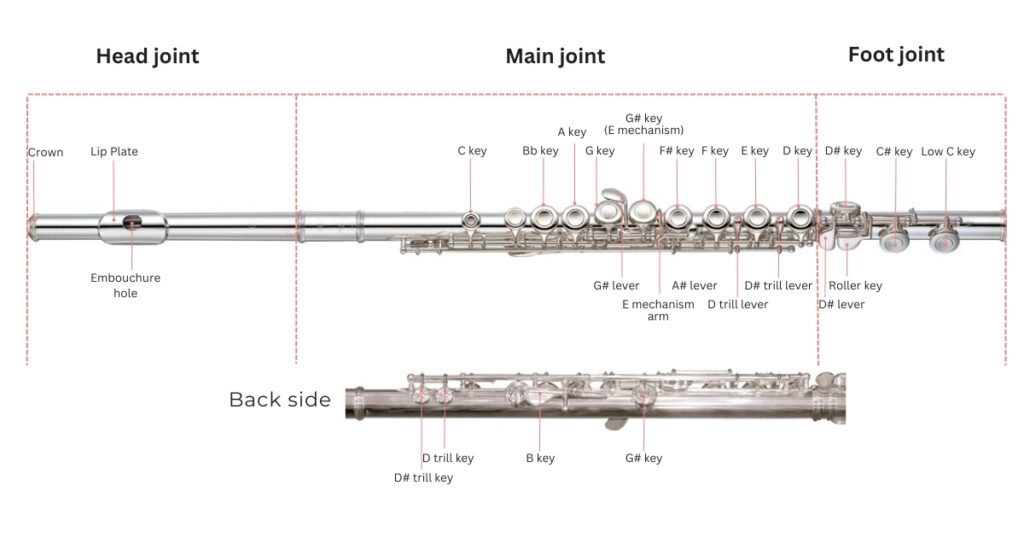
A flute is made of metal (silver, gold, platinum), and you play it by blowing across a hole at the side of the instrument. The flute requires a firm, tight embouchure where the lips make a tiny “eeeww” shape — much different than the recorder!
The flute is just so elegant — how you hold it, delicately positioning your lips!
It’s an essential instrument in orchestras and grand stages — the flute adds its sweet, melodic voice to the ensemble. On the contrary, the recorder is more a solo instrument — though you can find it in trio sonatas and smaller chamber groups

What Is A Recorder And A Baroque Style Recorder
Until the early 18th century, the terms ‘flute’ or ‘flûte’ typically referred to the recorder. In contrast, what we now call the ‘flute’ was known as the ‘traverso,’ ‘flûte traversière,’ ‘German flute,’ or ‘Querflöte.
Unfortunately, modern transverse flute players often misinterpret, assuming they refer to their instrument.
When you hear the word “flute,” you immediately picture the sleek, silver concert flute. However, historically, “flute” referred to both the transverse flute and the fipple flute —or a recorder.
Today, “flute” typically means an instrument you play with a embouchure: concert, Native American, Irish, and ney.
The word “recorder” is uniquely English, using a “block flute” or a “soft flute” in other languages. The “recorder” means to learn by heart, recite, or play music in French
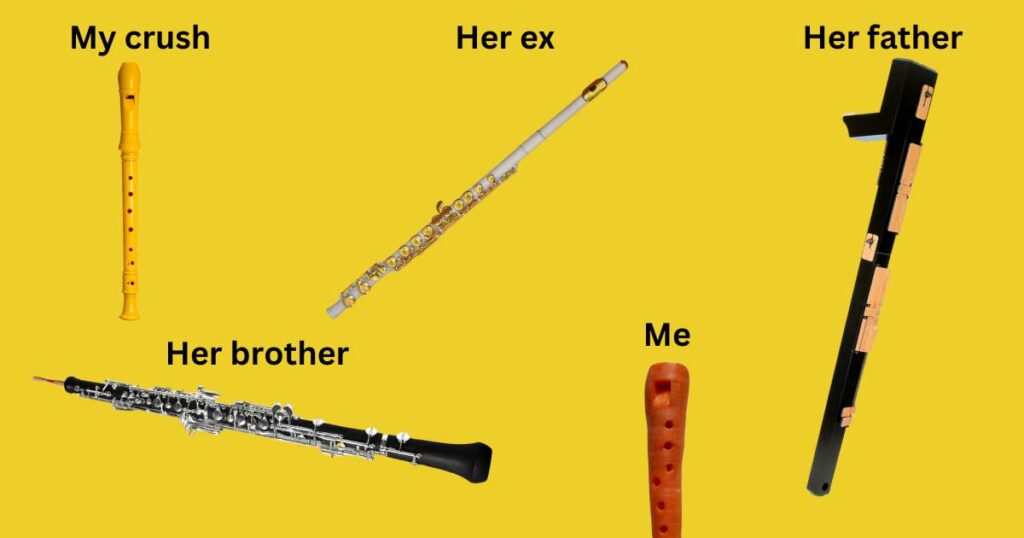
Unlike the transverse flute, you hold the recorder vertically, like the oboe or clarinet, blow into a mouthpiece, and cover finger holes along the instrument to produce notes.
Don’t underestimate the recorder as a mere beginner’s tool (even though elementary schools teach music with it) — it has a rich history, especially during the Baroque era, with composers like Handel and Telemann.
Recorders range from the tiny garklein, which uses descant fingerings, to the sopranino, descant, treble, tenor, and bass, with the largest contrabass you play standing up due to its size.
The recorder’s simplicity — holes instead of valves with pads and a enclosed mouthpiece — makes it accessible for young beginners. Schools prefer alto recorders, tuned to a C major scale, that can produce two octaves.
To reach higher pitches, players “pinch” the thumb hole, creating a half hole.
The recorder has its virtuosos — Maurice Steger (Brandenburg Concerto No. 4 on the alto recorder) or Lucie Horsch (The TwoSet ROAST response).
Performing Renaissance dances and other period forms is exhilarating in the Baroque music era. Audiences often appreciate recorder consort music. You can play a mix of early 20th—and 21st-century pieces of classical and Romantic periods (19th-century ) recorders’ music.
Embouchure Hole And Other Mechanical Differences
The flute is a transverse (side-blown) instrument with three main parts: the head joint, the body joint, and the foot joint.
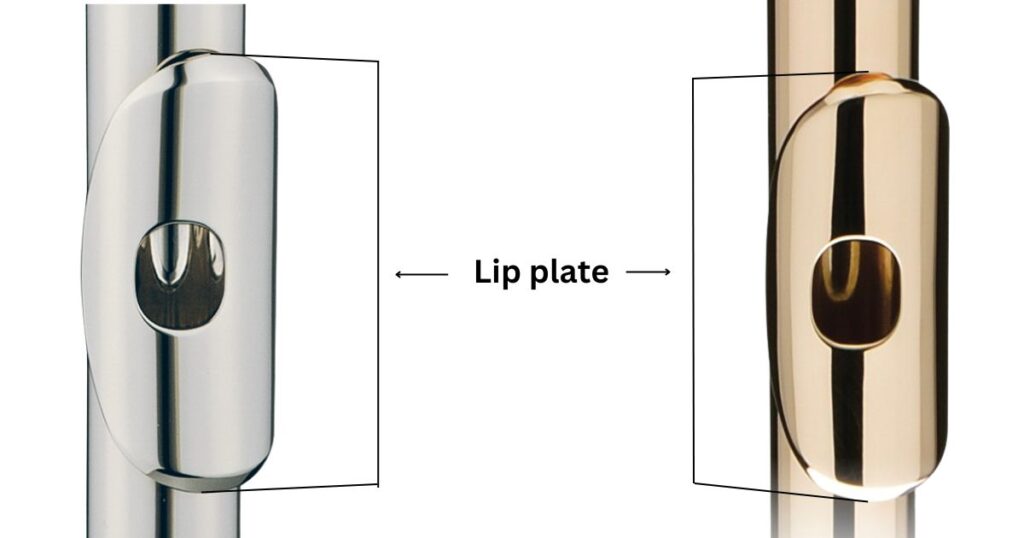
The head joint includes the mouthpiece, which has a lip plate and a hole (embouchure hole) that the player blows across to produce sound — much the same as blowing across the top of an empty bottle.
To control this, you must learn to shape and place your lips in a embouchure —otherwise, you’ll have a lot of squawking, nasty sounds.
A recorder is usually made in one piece, but some also come in three parts (the head, the body, and the foot joint).
Whereas the recorder uses a fipple mechanism (like a whistle), a block inside the head joint. This makes sound production easy — you blow it down — and no need for an embouchure
Recorder Vs Flute: Fingerings And Finger Charts Comparison
There is no reason not to learn the fingerings properly and become accustomed to them. You can even make no noise — just practice the fingerings with the charts.
Each instrument has unique fingerings, and mastering one does not automatically translate to mastery of the other.
The recorder family has two types — C and F key recorders.
Recorders in C, descant (soprano recorder), and tenor share the same fingerings, while recorders in F — sopranino, treble recorder (alto), and bass — follow a different set. Learn both to switch (or transpose) between them.
On a C pitch recorder, you cover both ends leaving the middle holes open to play accidentals.
For instance, if you finger a G (three fingers down on the left hand) and then put all but the one in the middle hole of your right hand — this way, you’ll play a very low G (somewhere between F and F#.)
Also, recorders divide between Baroque (English) and German fingering systems. Most teachers recommend the Baroque system, while beginners start with the German thanx to its simpler fingerings.
However, switching to serious instruments involves switching to the Baroque system

The modern C flute is a fabulous mechanical contraption — when you press the keys, most cover holes, while some open them instead.
Flute holes are in different parts of the instrument — some cover more than one hole, and the number of holes they will cover will depend on which other keys you depress.
Besides, you need another fingering for the high register of a flute (especially at the altissimo register) — overblow harmonics to reach high notes
Download the C flute fingering chart in PDF
Key Differences In Air (Volume) Needs Of Flute And The Recorder
The flute demands significantly more air to produce a powerful tone. If you try to blow the same amount of air through a recorder, you’ll produce several overtones too high.
While the flute requires more air, the recorder demands greater control over the airflow to achieve the desired sound.
Due to its lack of a windway and fipple, the flute requires a greater volume of air than the recorder. The recorder’s design naturally limits airflow and creates back pressure, making it less demanding for air volume but more sensitive to overflowing.
While the recorder easily goes out of tune with excessive air pressure, the flute simply gets louder or softer
Flute Vs Recorder: What Are The Main Differences?
Explore the differences between the flute and the recorder — choose the “right” instrument for you!!
1 Recored is Simpler — Easier to Pick Up and Produce Sounds
We often see the recorder as the epitome of simplicity in musical instruments. But simplicity does not mean an walk in the park.
The recorder is your “go-to” option if you re looking for something easy to pick and start playing.
Another problem with the recorder is that it is highly sensitive to breath control. A small change in breath causes the pitch to drift all over the place.
Compared to the transverse flute, in which a player has to accurately position the lips and the embouchure (just to be in tune) — the recorder is a relatively easy instrument.
Do you have any previous experience in music? Well, if not, the recorder is the first thing that gets one going in learning how to read music and training your fingers for coordination…
…There is a reason recorders expose so many people to music!!
2 Recorder Is The Inexpensive Gateway to Music
If cost is a concern, the recorder is your best friend.
You can get a number of recorders, from sopranino to bass, for less than the price of a student flute. This gives you four octaves in which to write for your ensembles in the simplest way.
For a quality $25-30 recorder, you can get one from the Yamaha beginners series (YRT-304, YRS-23/24, YRA-28B) — start today and dive into the basics of winds and fingerings!
Kids often have short-lived interests, and becoming a musician is an expensive road. Many parents are hesitant to spend hundreds on a flute, clarinet, violin, or saxophone to see if their child has musical aptitude.
Test your child commitment by purchasing an inexpensive recorder — that way, you limit your financial risk. They’re inexpensive, practical, and durable — If the recorder gets lost or broken, replace it any minute!!
Can’t afford the cost of a student C flute? Worry not — although the Yamaha YFL-222 (and its Pearl, DiZhao, and Trevor James competitors) are expensive — a lot of local music stores will help set up a rent-to-own!!
3 Recorders are Portable and Low-Maintenance
One of the great benefits of recorders is that they are both portable and simple.
The lack of pads and moving parts (key mechanics) on alto recorders and above (soprano, sopranino) makes them incredibly easy to carry — even in your pocket.
Keyless options are made of wood and plastic. If you like to keep things simple and easy to maintain, then the keyless tenor is for you. It depends on your hand size and your reach — try what is comfortable for you.
Despite their size, recorders are very portable. Break them into three pieces, toss them in a bag (or case,) and you’re good to go! Plus, there aren’t many small or delicate parts — no worries about breaking or injuring yourself (or your child)!
Recorders are also surprisingly user-friendly—even for small hands. Combine the ease of use with durability in withstanding the enthusiastic play of young beginners, and you have an ideal choice.
Additionally, the recorder’s simplicity makes it a ideal instrument for self-teaching. You can focus on mastering breath control and finger placement, making learning more intuitive.
4 Recorders With Lightning-Fast Response
Regarding speed and immediacy, the recorders are really in a league of their own!
The recorder responds effortlessly, smoothly changing its notes the very moment your breath touches the instrument.
This fast response time is also a great advantage for professional players. Sarah Jeffery with Team Recorder (YouTube channel is here) mentions this positively.
No complex mechanisms intervene in the recorder — your fingers and breath directly interact with the sound. Such a direct interface is only possible in this instrument, adding diversity and depth to your musical expression.
5 Flute Has More Range – Three Octaves In Most Cases
The flute can cover 3 octaves, a wider range of notes than the recorder.
A modern C flute with key mechanics has almost everything — better-wider dynamic, good trills, and nice grace notes!!
The flute allows for nuances in performances, articulation, and expression due to precision and control.
Sadly, the tone (and pitch) of simple recorders lack stability and timbre. For example, D minor gives a soft and dark 1/3 (thanx to fork-like F fingering), while E minor produces a stronger and brighter 1/3..
Modern recorders can reach three octaves but come with a high price tag, comparable to quality flutes.
If the two-octave range of the recorder makes you sad — remember the human voice also spans roughly two octaves (with rare exceptions), yet there is no shortage of songs for singers.
Find that one instrument that truly speaks to you and fits the best for your musical journey — not just one with the most range.
6 Flute Is Louder And Softer (For Beginners And Intermediate Players)
The flute has large dynamic variations, ranging from loud to soft, perfect for expressive performances and changes in volume right on the spot.
The recorder, in contrast, can’t hold the pitch becoming much louder or softer.
In contrast, the recorder struggles to maintain pitch when getting significantly louder or softer. This limitation leads to the belief that the recorder lacks expressiveness and is incapable of deep emotive power…
…But this is far from the truth!
Self-expression on the recorder requires mastering phrasing, articulation, ornamentation, and improvisation techniques. These techniques provide rich nuances, even with volume limitations.
You need different methods to achieve emotional expression, but with effort and dedication, it is as moving as any other instrument!
7 Flute Music Is More Popular
The flute enjoys widespread popularity among composers, professional musicians, and audiences.
It’s a staple in orchestras, chamber music, and solo performances, standing out as a central point in the classical music world.
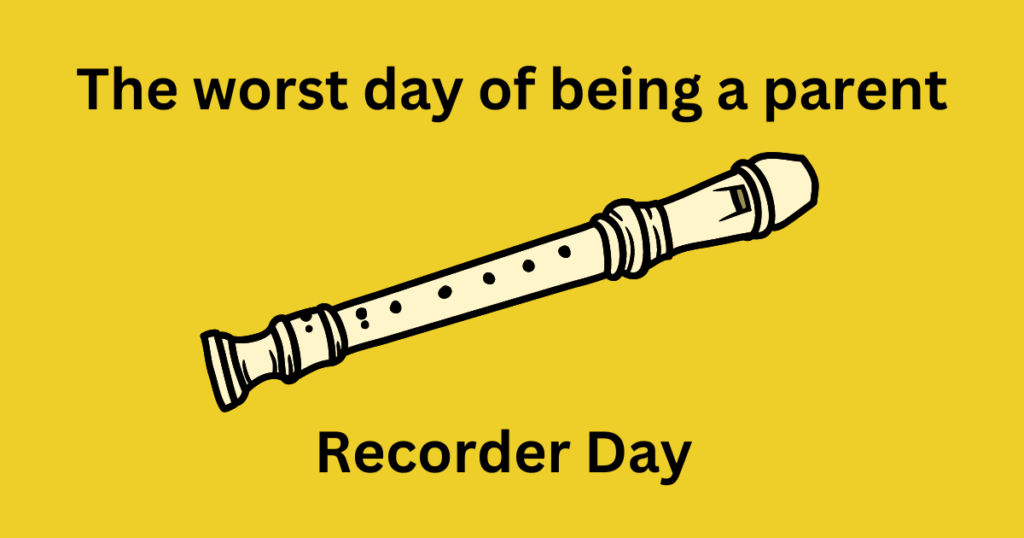
The recorder, in contrast, often finds its niche in elementary school music classrooms, particularly in places like Portugal, where recorder lessons are mandatory for a few years. While this broadens its exposure, most students do not pursue the recorder seriously beyond their school years .
If the flute has a rich repertoire, the recorder has quite a narrow one, though it keeps its own charm, especially in Baroque music. A few special pieces — Vivaldi’s concertos, for example — take on a special allure with a recorder .
Conclusion: There is No Better One Between Modern Flute And Recorder
Understand the differences in range, technique, and repertoire — and you understand which instrument aligns with your interests!!
The flute is a complex system with a broad dynamic range — the recorder is simple and historically significant.
Consider the technical aspects and your personal “musical goals”! Regardless of your choice — both offer pathways to musical expression.

